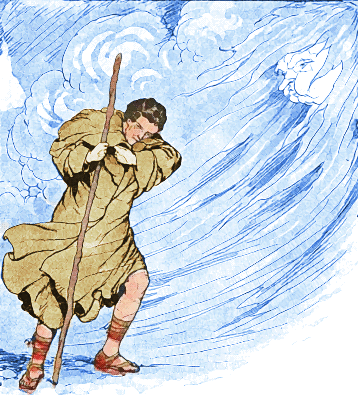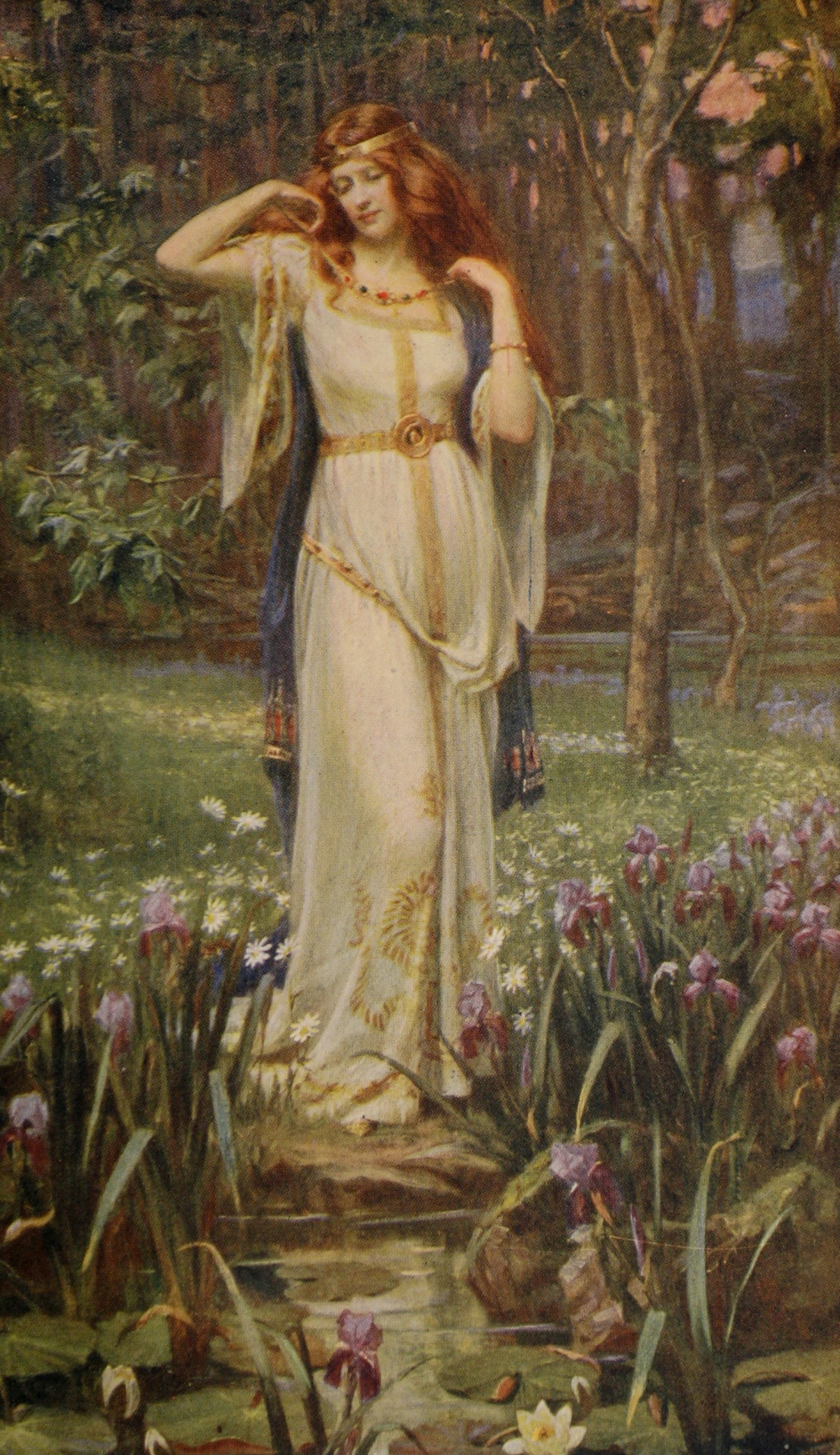Thank goodness for being able to schedule posts, because I've been pretty absent over the past couple of weeks. Between illness in the family and the loss of someone I'd grown up with but hadn't seen for quite awhile, I haven't really been up to writing. But here I am, getting some words out into web.
This week I'd like to write about gardens, and how gardening is my most satisfying expression of my Paganism. My patron Goddess is Nerthus, whom Tacitus in his
Germania called the Earth Mother of Suebi tribes. Though She is a complicated deity, and has many influences and interests outside of green and growing things, it is the primary way I encounter and honor Her. Not only is She very present in the act of gardening; but in replacing generic green grass with plants that give food and support to both humans and animals, I feel the affirmation and appreciation of the local land wights as well. After caring for my garden for a few years, I have become very close to the spirit of the soil there.
The first step to a good garden is clearing and preparing the earth. It is in this step that I feel closest to the primal Earth. Coming to gardening without knowing anything about it, I assumed the soil before planting would be pretty boring, requiring only a few holes and seeds to bring it to life. But the truth is that the soil is already alive! Each spade turned over reveals beetles and earthworms, centipedes and pill bugs, living off of and giving life to the decayed matter that makes up a large part of a garden's earth. Working compost into the soil gives even more life, adding fuel to the biological processes that are already taking place, providing nutrients to feed an already thriving, but tiny, ecosystem. The soil itself has a life to it - the feel, the texture, the smell, is different in every location. Here in Nebraska, my soil is rather dense and clay-like, difficult to break apart and plant in; after a lot of shoveling and a bit of compost, it becomes more like the black, rich dirt we instinctively know is right for planting.
The next step is putting in the seeds, and watching over them while they sprout and begin to grow. This is perhaps one of the most exciting times in the garden - growth is fast, new leaves are added every day, and the hard work of the gardener is quickly on display. It's also one of the most magical. It seems almost impossible that such large plants, such vibrant life, could come from such tiny seeds. As each plant grows, its own unique personality and uses can be seen. Some are showy and bright, spreading wide and tall, with beautiful flowers. Some are more inclined to grow close to the ground, with just small green leaves to show their presence. Some guzzle down the water from the rains, and some seem to prefer a drier summer. Getting to know the plants, their ways of growth and their preferred conditions, has been my biggest and most rewarding challenge as a gardener.

Here in Nebraska, for many fruit-bearing plants, after the planting and initial growth comes a long summer full of watering, weeding, and various garden-care tasks that can seem to stretch on forever with little result. Growth has slowed and become less apparent (though those plants are certainly still growing!) and pests move in that can be difficult to drive off. Flowers come and go, and it's not until August or even September that tomatoes, peppers, and others are big and ripe enough to be harvested. I always tell my children this is the season of patience - if we continue to put in the work and care for what we've planted, we will reap the rewards in the fall; but if we forget or put it off as sometimes happens, the little lives we are responsible for can suffer greatly. During this time, I see the plants almost like another part of the family. I am responsible for their care, for their well-being.
And then in the fall, we are richly rewarded with a lovely harvest. There's nothing like biting into a tomato gifted from a plant that has received offerings of water and care through many months, warmed by the sun and fed by the cool earth. After those glorious few weeks, the frost sets in, and it's time to pull up the annuals and trim the perennials, and place them on the compost pile to give life to next year's garden. This process, repeated year after year, has attuned me not only to the local seasonal cycle but to the tiny ecosystem that fills the world of my backyard. This intimate knowledge, this camaraderie built with giving and receiving over the years, feels more Pagan to me than anything else I do in my practice.













